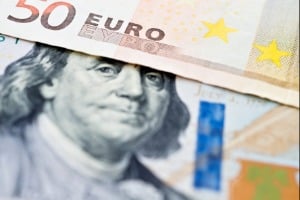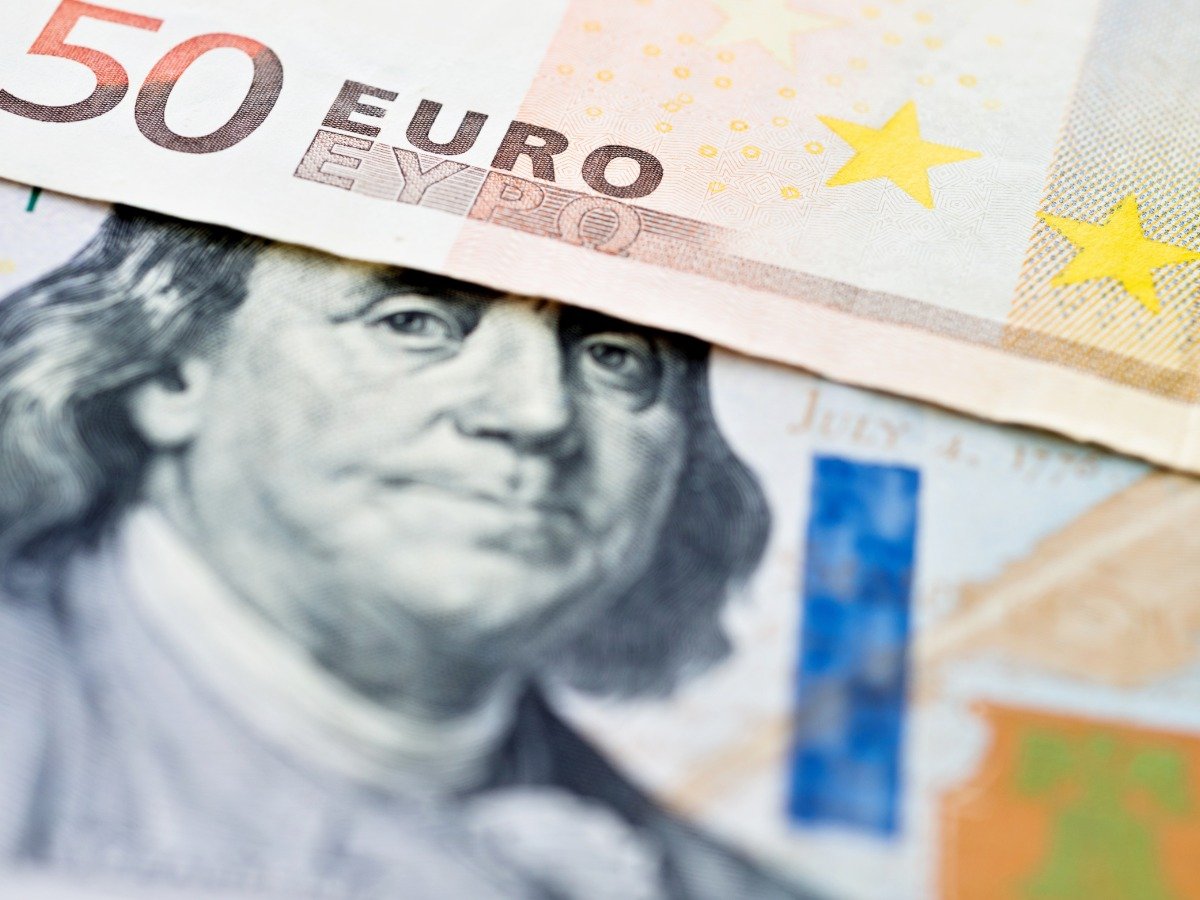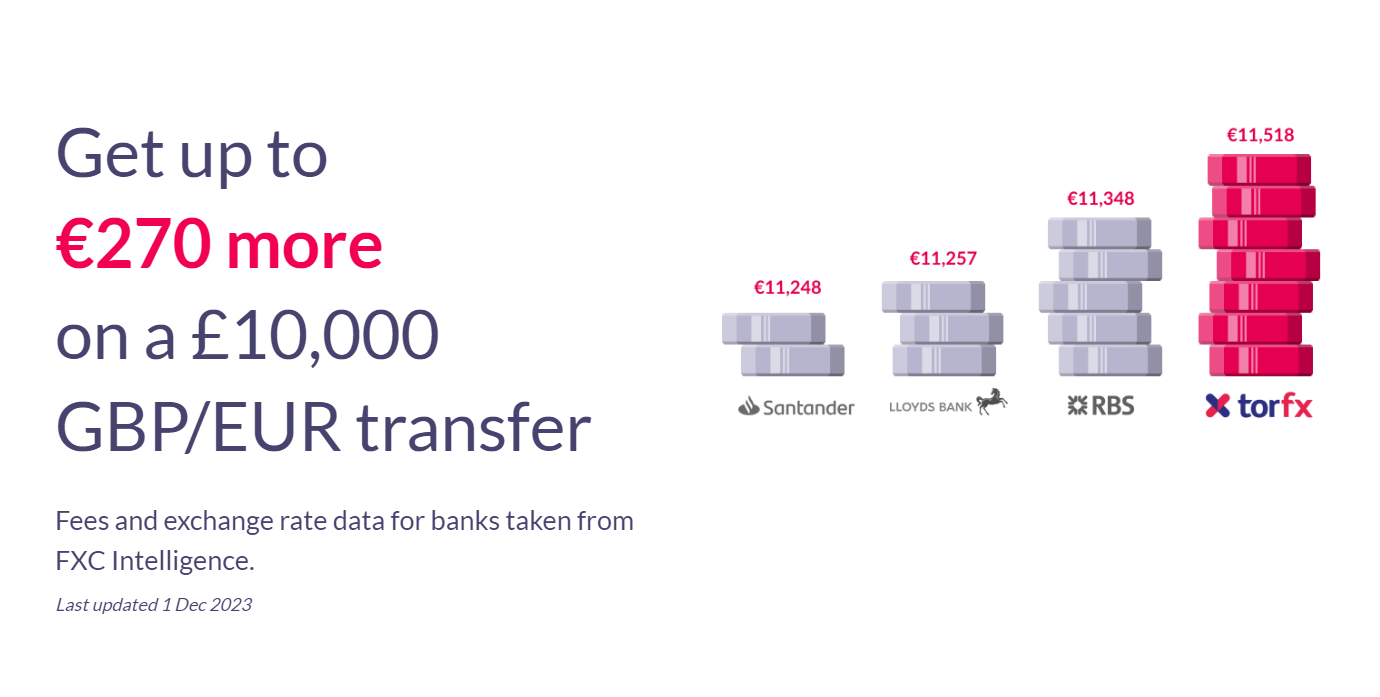

More weak inflation numbers on Wednesday weighed on the Euro.
German prices actually fell for the first time this year.
French inflation also moderated and consumer spending is showing a trend lower.
While a June hike still looks likely, more data like this could affect ECB policy over the summer.
Another day, another new high for the US dollar. Dollar strength has pushed EURUSD to 1.0685 and GBPUSD to 1.236 as the odds of a June hike from the Fed have climbed to 62%. Obviously, this can change with 14 days still to go until the FOMC meeting, and there are still some significant releases and events capable of swinging the odds back in favour of a pause. For a start, the debt ceiling is far from resolved. Data-wise, inflation readings for the US are due out on the 10th June, and this week sees employment data, with JOLTS job openings due out on Wednesday and the all-important NFP release on Friday.
This week’s dollar strength is not only a US story. Euro weakness is also at play and the single currency has fallen against the dollar, the Yen, Pound and Canadian Dollar. EURGBP has finally broken away from the 0.87 and fell to a session low of 0.8624 on Wednesday. Data continues to show a disinflation trend and coupled with signs of economic weakness, Euro buyers will be concerned whether the ECB will follow through with their hawkish signals.
German Inflation Weakens Further
Tuesday’s Spanish CPI showed the disinflation trend picking up pace and filtering through to core components. This dropped the Euro slightly but was never enough to drive a large move or guide ECB policy. The question on Wednesday was whether this would be replicated in Germany and France and reflect a broader trend.
German headline CPI was expected to slow from 0.4% MoM to 0.2% but it actually dropped –0.1%. This took the YoY figure to 6.1%, down from 7.2% last month and comfortably below the 8.8% peak. As ING point out, this drop was not only due to base effects but was also the result of falling prices.

“For the first time this year, prices actually dropped compared with last month, mainly for energy and food but also for transportation as a result of the newly introduced €49 ticket for public transportation.”
France Slowing on Two Fronts
France showed a similar story with a reading of –0.1% compared to an expected 0.3%. The headline reading now stands at 5.1% YoY. And not that, consumer spending missed the expected 0.3% growth to come in negative at –1%. This was the third consecutive month of falls and topped the 0.8% decline in March. When compared to the same period last year, household consumption of goods is now 4.3% lower. Furthermore, it stands at 6.3% below its pre-pandemic level.
The decline in consumer spending on goods can be seen as a response to the challenges posed by inflation and reduced purchasing power. It reflects a conscious effort by households to adapt to the changing economic conditions and prioritize their expenditures accordingly. It also signals a weakening economy and GDP growth in France could slow over the course of 2023 towards zero.
ECB and Euro Implications
While the Euro has underperformed slightly this week, the monthly performance is notable and it is the weakest in the G7 with a –3% drop against the USD. Data has not been kind, but is not likely to change the outcome of the June ECB meeting which is broadly expected to deliver a 25bps hike. However, if the current trends continue or even accelerate, further hikes could be in question and if the ECB were to pause with rates still much lower than other countries, it would weigh on the Euro further.



